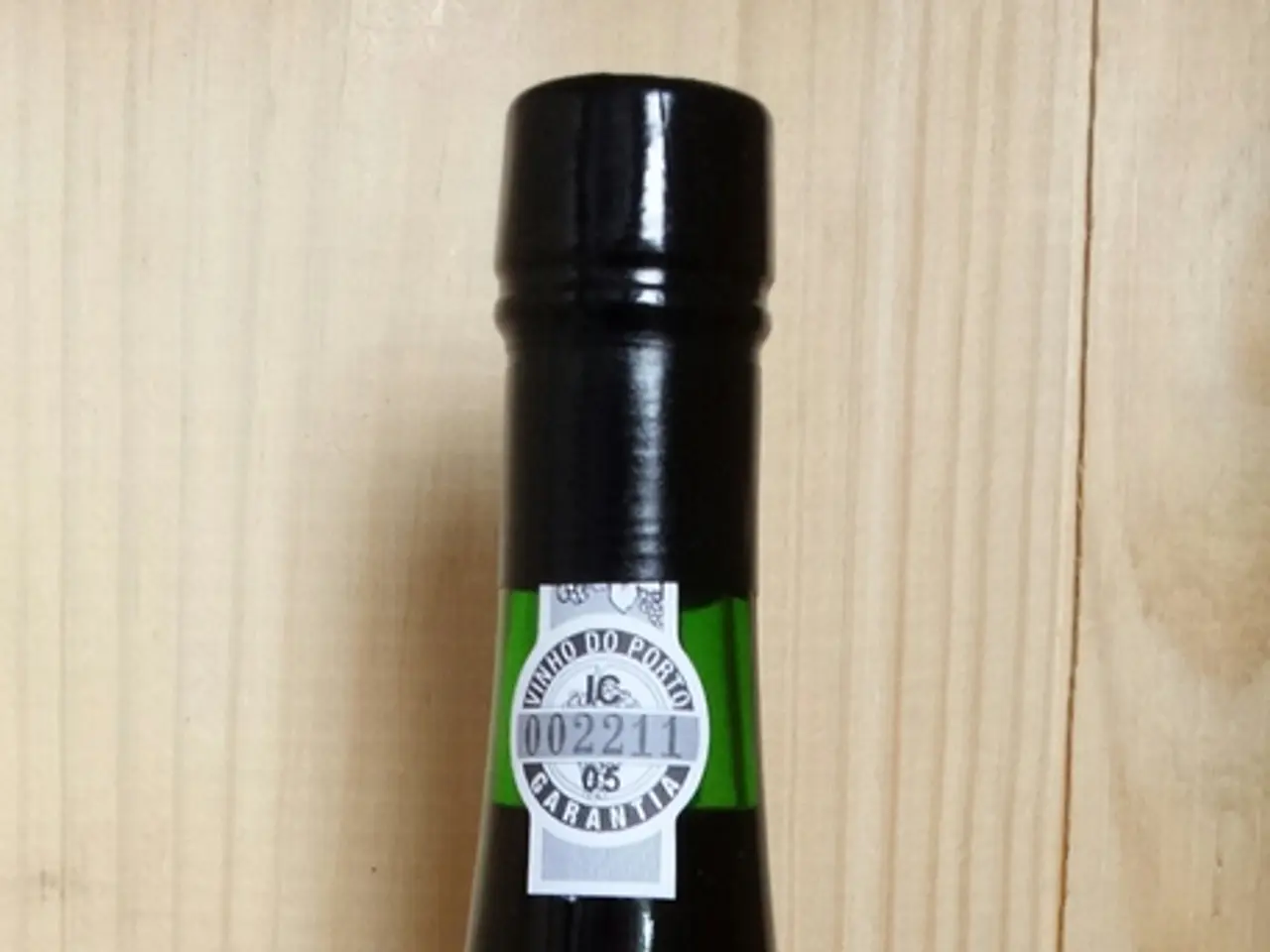Transformed Canned Beer with the Widget Innovation
=========================================================
The Guinness widget, a small yet significant innovation, has transformed the bottled beer industry by bringing the draught beer experience to consumers' homes. This ingenious device, a hollow plastic sphere filled with pressurised nitrogen gas, is responsible for the cascading foam effect that Guinness is renowned for.
The widget's design is critical. Too large or too small sizes would affect the creation of microscopic bubbles, a key factor in achieving the signature Guinness texture and appearance. The floating spherical widget reduces the tendency for rapid overflowing of beer when opened warm, ensuring a smooth pour every time.
The technology was first introduced in 1997, replacing the original flat disc widget launched in 1989. The modern widget, a technological solution to the problem of creating a foamy head on bottled Guinness, has been optimised through extensive research and development.
In the past, draught Guinness was charged with a combination of nitrogen gas and carbon dioxide, instead of just carbon dioxide alone. This lower carbon dioxide level contributes to the flavour, removing some of the sharp taste present in regular carbonated beers. Guinness experimented with various methods to serve nitrogenated Guinness from a bottle or can, including selling bottles with a special "initiator" syringe in select markets.
However, it was not practical to nitrogenate bottled Guinness initially. The "rocket widget," designed to float and charge the beer with bubbles when first opened, continued to boost the head with each tilt of the bottle. This device was developed to create draught Guinness that could be drunk straight from the bottle.
The use of nitrogen in draught Guinness allows for the pouring of a beer with small, fine bubbles, resulting in a signature smooth, creamy texture and characteristic dense head. When the can is opened, the pressure drop causes the nitrogen to be released rapidly from the widget, forming countless microscopic bubbles that act as nucleation sites. These bubbles then rise through the beer, producing the iconic settling effect seen in Guinness pours.
The next time you open a widget-equipped can, you're witnessing a masterpiece of beverage engineering that took years to perfect. The widget essentially simulates the traditional draught Guinness process inside the can, allowing the same creamy texture and cascading foam without the need for a tap.
Even in challenging times, the widget continues to shine. In 2020, due to COVID-19 supply chain issues, the fixed widget made a surprise return. Despite its temporary absence, the widget remains an integral part of the Guinness experience, bringing the magic of the pub to your fridge door.
Science and technology have played integral roles in the Guinness widget, a technological solution that simulates the draught beer experience at home. The optimization of the widget through extensive research and development is a testament to science, ensuring a smooth pour and the signature foamy head. The use of nitrogen gas, a key component in technology, allows for the creation of microscopic bubbles essential for achieving the unique Guinness texture and appearance.



